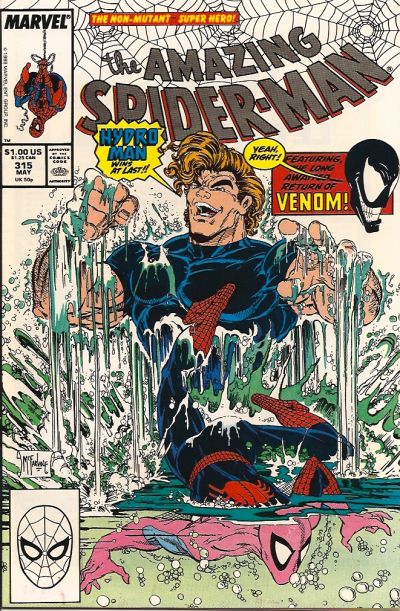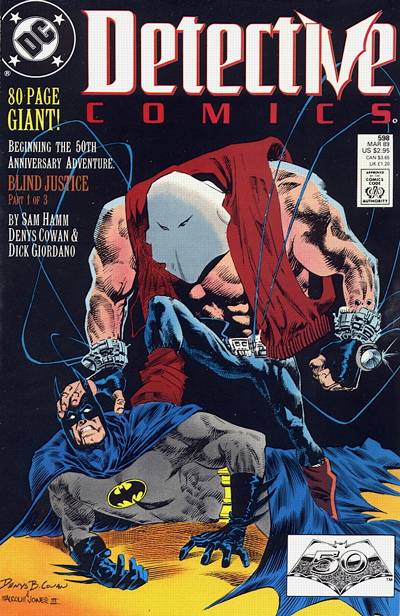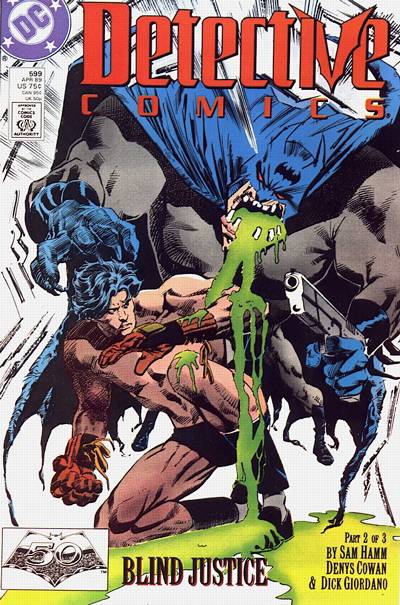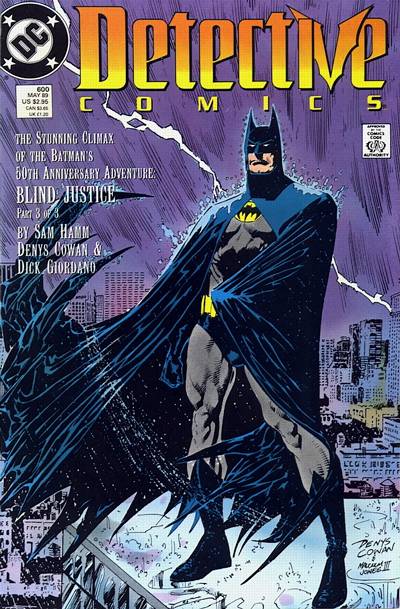In the past month, as promised, I’ve read the entire run of Marvel’s The Further Adventures of Indiana Jones (Jan. 1983-March 1986). I completed reading the run in time to brush up on Indy’s past in 1984’s Indiana Jones and the Temple of Doom, and the brand-new feature Indiana Jones and the Dial of Destiny.

I’ll start off by saying that Raiders of the Lost Ark is one of my perfect movies. I love it unconditionally, and have since I first saw it at the Westmount Cinema in Edmonton in the summer of 1981. At the time, Alberta’s movie ratings system required a parent or guardian to attend with kids under age 16. So, I had to talk my Mom into taking me the first time. She expected to be bored stiff, based on the title, but thanked me afterward for making her see the movie. I saw the movie at least a half-dozen times that summer — sometimes by buying a ticket for Superman II and then sneaking in to see Raiders. Sometimes, I got caught, and sent back to watch 10 minutes or so of Superman II before re-sneaking in to Raiders.

Unlike Star Wars, Raiders didn’t inspire a flood of merchandise. I don’t remember there being any Raiders toys, though I did have some action figures from Clash of the Titans, which came out around the same time. There was a novelization, which I read and enjoyed, and Marvel Super Special #18, which adapted the movie. The really enjoyed this adaptation, which was written by Walter Simonson, penciled by John Buscema, and inked by Klaus Janson — all under a terrific painted cover by Howard Chaykin.
I stopped reading comics shortly thereafter. I was 11 going on 12, about to enter junior high school, and toys and comics were giving way to hockey, rock music, and secret crushes on the girls in my class. So I missed Marvel’s continuation of Raiders, which started in the fall of 1982 and roughly spanned the period in my youth when I didn’t collect or read comics.
Somehow, over the years, I acquired the full Marvel run, but had never sat down to read it until now. The series is wildly uneven, and mostly unremarkable. It never really achieves the kind of high points that Marvel’s Star Wars found, even with plenty of top-notch creators involved.












The difficulty in doing an Indiana Jones comic in 1982 was apparent right there in the first issue, which featured a story and layout by superstar John Byrne, who also contributed a plot and layouts to the second issue before leaving the title to make room for Alpha Flight. Byrne’s story is quite talky — more like a Sherlock Holmes story than anything.
David Michelinie had the longest run on the title, taking over with issue #4 and writing most everything through issue #23. This was roughly concurrent with his run on Star Wars, which produced some of the best Marvel issues set in a galaxy far, far away.
But Indiana Jones was a tougher nut to crack. For one, the character operated in a more realistic world than most comics. It was difficult to find distinctive villains that weren’t retreads of the Nazis. And it was more difficult to create plots where a “finder of rare antiquities” could play the hero. And incorporating the pulp fiction-style supernatural elements was even more difficult.
For most of the series, Indy went on missions for his pal Marcus Brody on behalf of the National Museum, based at Marshall College in Connecticut. Marion Ravenwood showed up and Marcus hired her as a publicist for the museum, assigned to tag along and document Indy’s adventures to promote the good work the museum was doing. At least she did until issue #25, when she abruptly left the series and never returned. This was around the time Temple of Doom, in which she didn’t appear, was released. Short Round made a brief appearance in one issue, but that was it.
The style of action Raiders delivered also was difficult to recreate on the comics page. The workhorse artist of the series was Herb Trimpe, a true comics journeyman who brought a more conventional style of art to the character.
But nothing really works. Even when artists like Chaykin and David Mazzuchelli contributed to the series, it was flat and dull. The covers from Terry Austin, Chaykin, and Michael Golden were the best part of the series,












Sometime after Indiana Jones and the Temple of Doom was released in 1984, there was a shift at Lucasfilm that affected both the Indy and Star Wars comics. Interest seemed to evaporate, with both titles eventually being demoted to bimonthly publication for their final year before cancellation.
The later issues of Indy’s comic, however, were some of the better ones. Linda Grant took over writing the series, and Steve Ditko drew a number of the later issues. The results were more entertaining, though still falling short of anything that inspired further reading or required the continuation of the series.










I think Indiana Jones definitely could work as a comic. It takes so much inspiration from the serials of the 1930s, which in turn took inspiration from the pulp fiction mags that preceded comics and the great adventure comic strips of the era. Terry and the Pirates is as close to a blueprint for Indiana Jones as you’re ever likely to find. Tapping into Milton Caniff’s approach would seem the obvious way to make good Indiana Jones comics.
I know Dark Horse published many Indy comics in the 1990s and beyond. I think I’ve only ever read one of them, and it must not have made any impact on me as I never read any more. If there’s a good one I missed, let me know.

Back to the movies to wrap this up: My friends and I bolted out of school the Friday Indiana Jones and the Temple of Doom opened to get in line for a screening at the Paramount Theater on Jasper Avenue in Edmonton. We’d heard about the bugs scene, and one pal brought a pack of Goodies candy to toss from the balcony during the bug scene. I don’t remember being able to see any kind of reaction, but it was fun.
I still love the Temple of Doom. It’s not as good as Raiders, but I love the freaky energy, the pulpy thrills, the strangeness, the dark plot, and even the tension with Willie Scott and the friendship of Short Round.
I’m not as thrilled with Indiana Jones and the Last Crusade, which I saw opening weekend with my girlfriend at the time in Scottsdale, Arizona. Temple of Doom had been roundly criticized as being too dark for kids, inspiring in part the creation of the PG-13 rating. So Last Crusade played it safe, following the pattern set by Raiders for its plot, and injecting some humor with Sean Connery arriving as Henry Jones Sr. It should have worked, but it played more like this was a character brought in to prop up the ratings in the third season of a TV series that was running out of gas. I felt pandered to, at least a little bit.

I know I saw Indiana Jones and the Kingdom of the Crystal Skull when it came out, but remember only the chase sequence at the start of the film and Indy’s silly hiding in the fridge to avoid being nuked scene.

Indiana Jones and the Kingdom of the Crystal Skull.
So, that brings me to Indiana Jones and the Dial of Destiny. I’m a bit predisposed to liking it because I have interviewed director James Mangold and came to enjoy his work: Copland, Walk the Line, 3:10 to Yuma, The Wolverine, Logan, and Ford v. Ferrari. I liked the movie a lot — it’s not as good as Raiders, and probably not quite good enough to knock out Temple of Doom as my No. 2 favorite, but it has enough style and nostalgia to feel like a real Indiana Jones movie. And in this day and age, that’s enough.

Indiana Jones and the Dial of Destiny.
Thanks for the thrills, Indiana Jones!




















